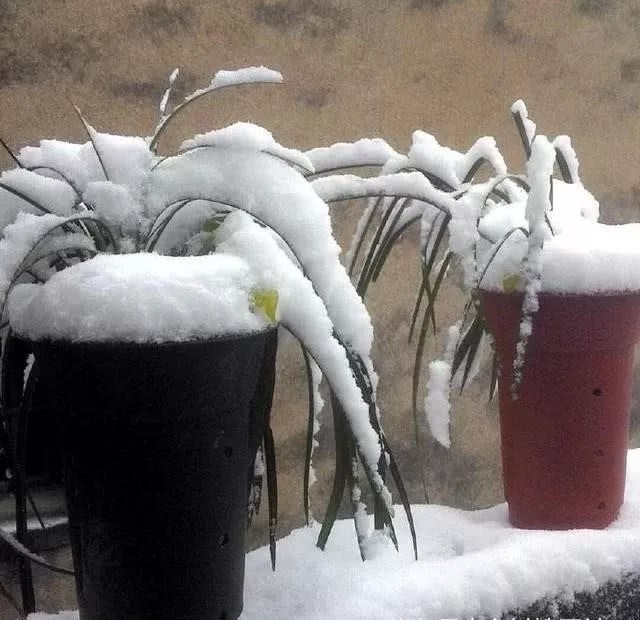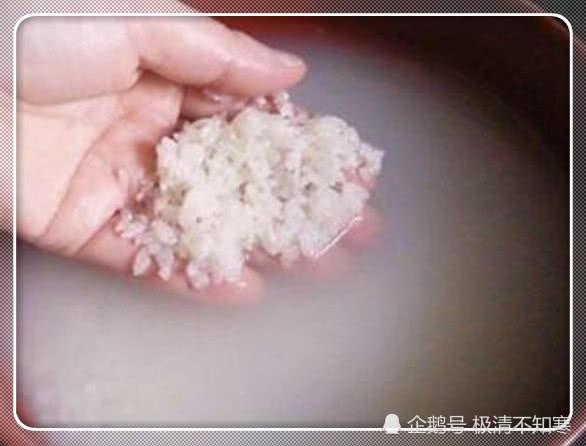How antifreeze is Xiashan orchid? A set of data from last year's experiment finally came in handy.

Autumn is coming, can winter be far behind? Friends who raise orchids are now beginning to worry about orchids overwintering. What they care about is what kind of low temperature orchids can survive and how to protect orchids from freezing damage in winter. Good photographers always experiment first, and the article comes later. Only in this way can they be convincing and convincing, so as not to let Lanyou fall into the misunderstanding of raising orchids.
In the winter of 2017 (January in the Gregorian calendar), the farmer's hometown experienced heavy snow and low temperatures that he had not seen for years. It began to snow on January 25, 2018 and lasted for a week. Of course, we all know that the snowy day is not too cold, what is really cold is the period of melting snow after the snow.
The farmer put 20 pots of orchids outdoors, including 8 pots of cymbidium and 12 pots of spring orchids, all of which were domesticated from the mountain. There is no special moisturizing measure on the flowerpot. Only one pot of foam cotton was used to test the outdoor orchid condition under the warmth of Langen.
The weather began to clear up on January 31, 2018, and the snow-melting weather was the coldest, with a very low temperature of minus 10 degrees every day and 3 degrees at noon. The water that melted snow at noon is frozen in the afternoon, so the orchid basin is basically an ice cube for 20 hours a day. At that time, the damage to the orchid leaves was not serious, although there was a layer of ice on the orchid leaves like freezing rain every day.
After the severe cold, the bud of the orchid obviously appeared frost injury, and gradually became black and soft. At this time, the ice in the orchid basin also melted, and on the whole, the orchid leaves are still full of vigor and vitality. But frozen orchids can't be found in a moment, and it takes two months for farmers to really understand what frost damage is.
At the end of March, the good farmer kept records of these orchids. When I found that a small number of orchid seedlings began to rot from the heart of the leaves, I realized that the frost injury had taken so long to show. The city mansion was really too deep. So all the 20 pots of orchids were poured to look at the roots. Except for the roots of the orchids wrapped with foam cotton, the other orchids suffered frost damage, but to varying degrees.
After some trimming, put them back into the basin. Two months later, May was the peak season for new orchids, but only seven pots of orchids had new seedlings (including those that protected the roots), meaning that the freeze-death rate of 20 pots in the whole experiment was as high as 70%.
Afterwards, the farmer summed up that orchids are not afraid of cold. If it is occasional frost and freezing, even minus 5 degrees will not be a problem. However, the continuous freezing weather will freeze all the plants in the orchid basin and the orchid root into ice cubes, which is the ultimate disaster of orchids.
- Prev

Amoy rice water and beer water are not as good as this kind of water. it is omnipotent water for watering flowers.
In daily life, in order to make the flowers at home look healthier, people will choose to water the flowers with rice water, but do you know? There is also a kind of self-made water, which is more conducive to the growth of flowers and plants than rice water. When you go out.
- Next

The iron succulent wreath made by husband DIY, netizens shouted, "skillful husband, good craftsmanship."
Husband DIY made the iron art "succulent wreath". Two days ago, I watched a flower friend's production of succulent "Moon Boat" and then went home and begged her husband, "other husbands can make flower racks."didn't the flower rack buy you, one is not enough, but also bought two."
Related
- Wuhan Hospital Iron Tree Blooming Result Was Instantly Frightened by the Gardener Master
- Which variety of camellia is the most fragrant and best? Which one do you like best?
- What is the small blue coat, the breeding methods and matters needing attention of the succulent plant
- Dormancy time and maintenance management of succulent plants during dormancy
- Minas succulent how to raise, Minas succulent plant pictures
- What are the varieties of winter succulent plants
- How to raise succulent plants in twelve rolls? let's take a look at some experience of breeding twelve rolls.
- Attention should be paid to water control for succulent plants during dormant period (winter and summer)
- Watering experience of twelve rolls of succulent plants
- Techniques for fertilizing succulent plants. An article will let you know how to fertilize succulent plants.

